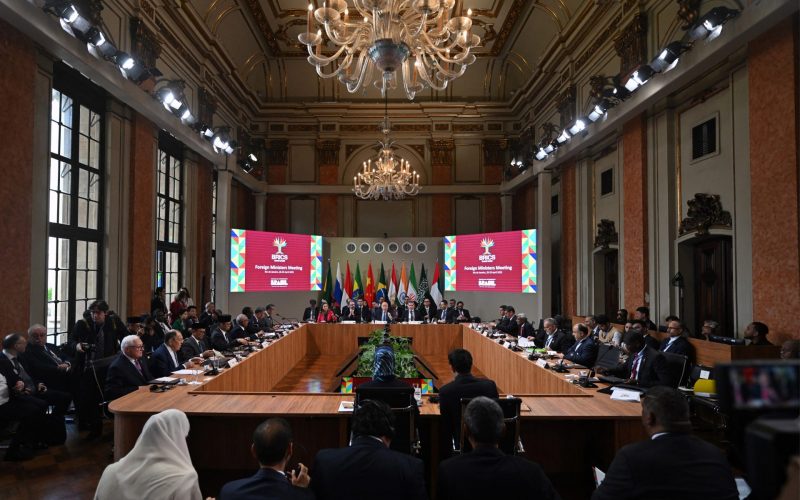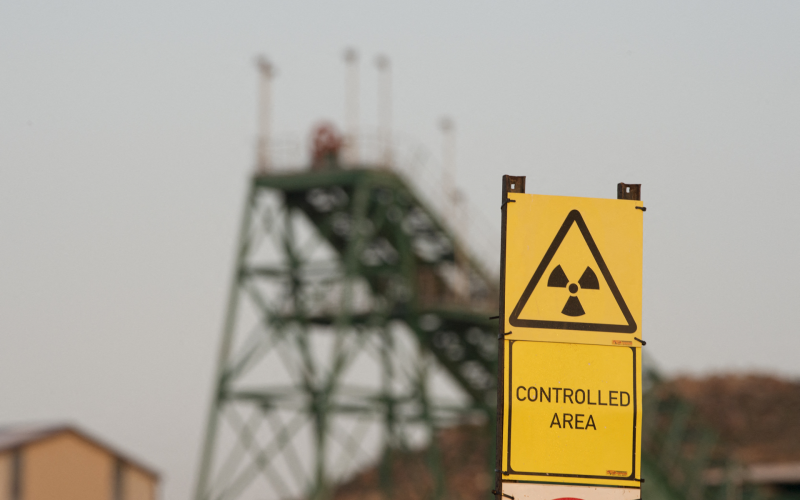These include families of the approximately 44 slain miners, who have argued that the Farlam Commission failed in its mandate to deliver justice for victims and did not fully hold to account those in positions of authority. A proper assessment of the Commission requires attention to its initial terms of reference, and the actual legal powers with which it was endowed. Beyond these, there are deeper structural issues that have yet to be addressed but to which the Commission itself alludes.
The Marikana Commission was established under the auspices of the Commissions Act, 1947, and imbued with the power to ‘where appropriate, refer any matter for prosecution, further investigation or the convening of a separate enquiry to the appropriate law enforcement agency, government department or regulator regarding the conduct of a certain person/s.’ These person(s) were, in particular, Lonmin Plc, the Association of Mineworkers and Construction Union (AMCU), the National Union of Mineworkers (NUM) and the South African Police Service (SAPS).
It is crucial to observe that ‘it has not been possible (nor would it have been appropriate) for it to hold a series of mini-criminal trials in respect of the persons whose conduct has to be scrutinised by the Commission in carrying out its terms of reference. The evidence such persons would have given would, in any event, not be admissible against them if they were to be prosecuted (except for offences under Section 6 of the Commissions Act) and it would clearly be undesirable and unfair to such persons for the Commission to ‘find them guilty’ of any offences’.
This curtails the legal ambit of the Commission significantly. However deeply held one’s feelings may be regarding the nature of the findings, criticism must be appropriately levelled within the terms that defined the Commission’s existence. Its objective was primarily to establish facts insofar as was possible, not to make judicial findings per se.
Disappointment has been expressed that the Commission only went so far as to condemn the conduct of Lonmin, NUM, AMCU and SAPS, but not any member of the Executive. The Director of Public Prosecutions, North West, has been tasked with investigating whether there are grounds on which to prosecute Lonmin and individual members of the SAPS involved in scenes 1 and 2. Lawyers representing the families of those killed also argue that justice has been denied in light of the fact that the report made no findings against Deputy President Cyril Ramaphosa. It had been alleged that he brought undue political pressure to bear that resulted in the police behaving in an unlawful manner. A full 27 pages of the report are dedicated to dealing with this question in detail, and it would be difficult to show that the Commission’s response was unreasonable in arguing that ‘there is no reason to believe that the SAPS would have reacted to the events during the period 11 to 16 August any differently if Mr Ramaphosa had not contacted Minister Mthetwa.’
Some have argued that police commissioner General Riah Phiyega may not have acted in a particular way without Mr Ramaphosa’s intervention. Yet the argument is fundamentally circumstantial and unlikely to stand up in court. Moreover, General Phiyega was found to have ‘been complicit in engaging in discussions where political factors were inappropriately considered,’ and Ramaphosa’s words cannot reasonably be found to constitute an instigation of violence, inflammatory as they have may have sounded at the time.
The Commission was always likely to make conservative findings, especially given its limited terms of reference. Moreover, there are now 645 pages of evidence and findings publicly available. Thus, while retributive justice has not been served, a form of restorative justice has arguably occurred. As a society, South Africa is better off with this documented knowledge than without it.
What remains implicit in the Commission’s report are the underlying structural dynamics that generated Marikana’s labour dispute in the first place. If the needed urgent attention is now directed to addressing such dynamics, the Farlam Commission’s report would indeed have been worthwhile.
The report examines in detail the background wage dispute, arising out of a settlement negotiated by NUM at Impala Platinum that aggrieved rock drill operators (RDOs) at Lonmin. But Lonmin had already negotiated a two-year wage settlement agreement by the end of 2011 and appeared unwilling to renegotiate. It seemed that NUM was also reluctant to represent its RDOs’ demands to Lonmin. The Commission made no findings in this regard, but the sequence of events indicates that an overhaul of the legislative framework governing labour relations in South Africa is more than overdue.
The Labour Relations Act remains fundamentally flawed in granting bargaining rights only to the majority union on any given mine. That majority union sometimes seemingly has very little material interest in representing its rank-and-file members, which explains why the RDOs initiated an unprotected strike, independent of any particular union, in the days leading up to the Marikana killings. It also explains why unions are willing to shed blood to attain the power associated with majority status.
This situation generates perverse incentives to exercise violence because each union cannot afford to be perceived as less militant than its competitors. Until these negative payoffs are addressed, and the SAPS properly demilitarised, the spectre of another Marikana remains real.








